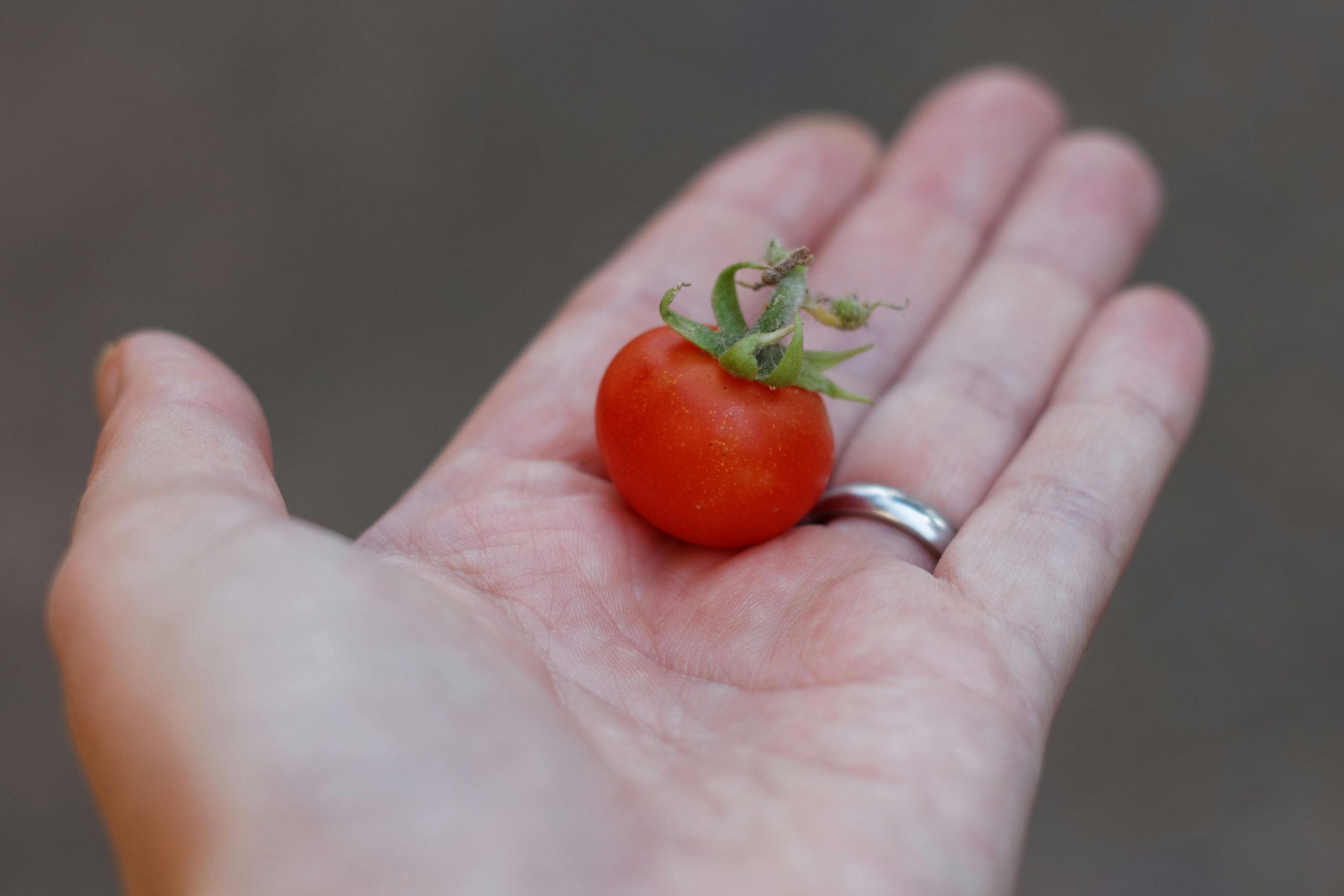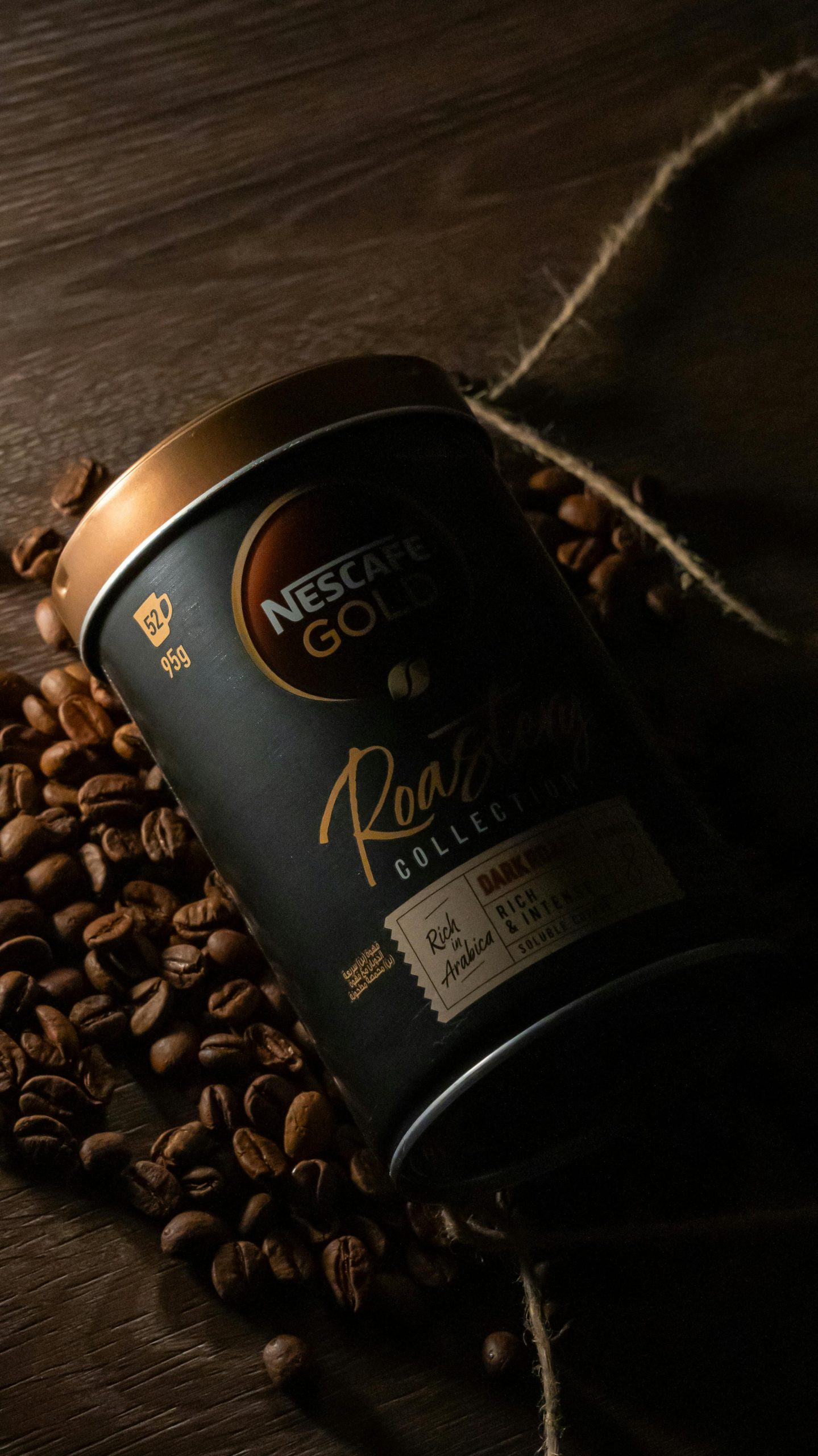You grab a familiar box of crackers off the shelf, and it feels just a little bit lighter. The bag of chips you buy every week seems to have more air than usual. This isn’t your imagination; it’s a widespread phenomenon known as “shrinkflation.” To cope with rising ingredient and transportation costs, manufacturers often choose to subtly reduce the amount of product in a package rather than increasing the sticker price. This makes the price hike less obvious to consumers. It’s a quiet but effective way to protect profit margins. Here are eight common grocery staples where shrinkflation has been frequently noticed.

1. Breakfast Cereal
Cereal boxes are a prime target for shrinkflation. Brands can make the box slightly narrower or less deep while keeping the height and front-facing artwork the same, making the change difficult to spot at a glance. A box that once contained 18 ounces might now hold only 16.9 ounces for the same price. Always check the net weight printed on the front of the box to know exactly what you’re getting.
2. Ice Cream Containers
The classic half-gallon (64 fluid ounces) carton of ice cream has become an endangered species. Over the years, major brands have systematically reduced this size, first to 1.75 quarts (56 ounces), and now commonly to 1.5 quarts (48 ounces). Some “pints” have even shrunk from 16 ounces to 14 ounces. The container might look tall, but its diameter is often narrower, disguising the reduced volume.
3. Bags of Salty Snacks (Chips, Pretzels)
Potato chip bags are famously full of air, or “slack fill,” which does serve to protect the fragile chips. However, manufacturers also frequently reduce the net weight of the chips themselves. A “family size” bag can quietly shrink from 10 ounces to 9, or even 8.5 ounces. The bag size itself might not change, but the amount of product inside does. The net weight is the only reliable measure of value.
4. Juice and Beverage Bottles
Pay close attention to the shape and size of juice, sports drinks, and soda bottles. A common shrinkflation tactic is to add a larger indentation or “punt” at the bottom of the bottle, or to make the bottle slightly narrower and taller to maintain a similar visual height. A large bottle of orange juice might have shrunk from 64 fluid ounces down to 59 or 52 fluid ounces over time.
5. Coffee Cans and Bags

The standard one-pound (16-ounce) can of coffee is now a relic for most major brands. Many have been reduced to around 10 to 12 ounces, a significant decrease. Bags of whole bean or ground coffee have followed the same trend, with 12-ounce bags often shrinking to 11 or 10 ounces. The packaging might look deceptively similar to its older, heavier version.
6. Yogurt Cups
Single-serving yogurt cups have also been on a diet. What used to be a standard 6-ounce container for many brands is now commonly 5.3 ounces. Some have shrunk even further. While the price per cup might remain low and appealing, this 10-15% reduction in size represents a significant price increase on a per-ounce basis. It’s a subtle change that adds up over time.
7. Boxes of Pasta
While a standard box of pasta is often still one pound (16 ounces), it’s a category to watch closely. Some brands have started to introduce slightly smaller boxes, perhaps 12 or 14 ounces, especially for specialty shapes or gluten-free varieties. As grain prices fluctuate, this is a category where shrinkflation could become more common. Always double-check the net weight.
8. Rolls of Paper Towels and Toilet Paper
Though not a food item, this is a critical grocery staple affected by shrinkflation. The number of sheets per roll is reduced. The size of each sheet can also be made slightly smaller. The cardboard tube in the center can be made larger. Confusing marketing terms like “Mega Roll” vs. “Super Roll” make direct comparisons difficult. The most reliable metric is the total square footage listed on the package.
The Importance of Checking Unit Prices and Net Weight
Shrinkflation is a subtle and effective strategy for companies to pass on rising costs without alarming consumers with obvious price hikes. It relies on our tendency to shop by habit, grabbing the familiar-looking package without scrutinizing the details. The best defense is to become a vigilant consumer. Ignore the package size and focus on the net weight or fluid ounce information. Most importantly, make a habit of comparing the unit price (cost per ounce, per pound, etc.) between different products and sizes. This is the only true way to measure value and ensure you’re not paying more for less.
What products have you personally noticed getting smaller over the years? How does shrinkflation affect your loyalty to a particular brand? Share your observations below!
Read More
Grocery Shrinkflation, Decoded: You’re Not Buying What You Think
These 5 Name Brands Are Quietly Shrinking Their Sizes—but Charging You More
The post 8 Grocery Staples That Are Quietly Shrinking in Size appeared first on Grocery Coupon Guide.







